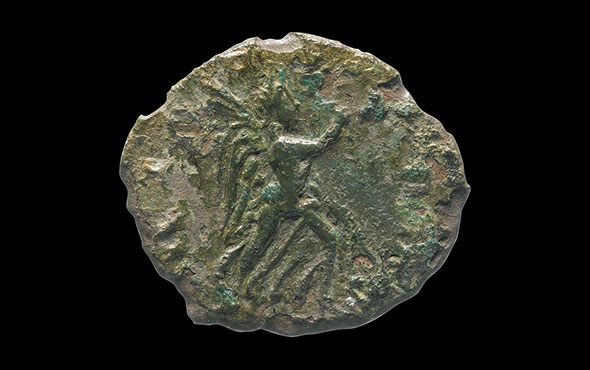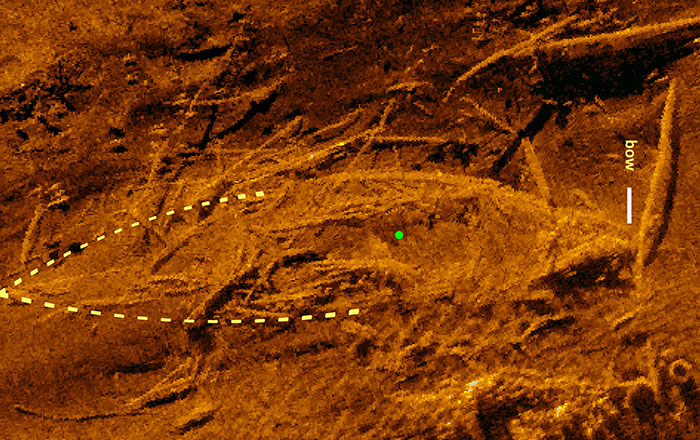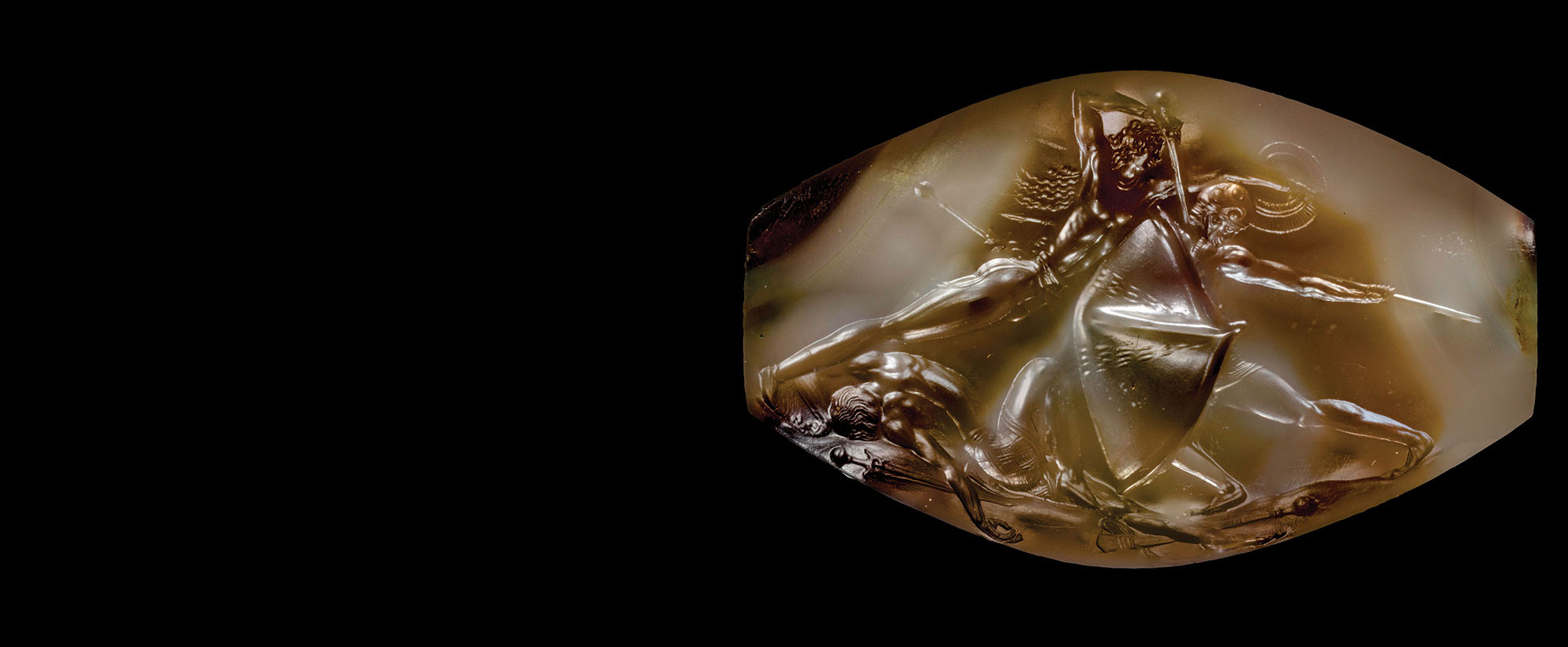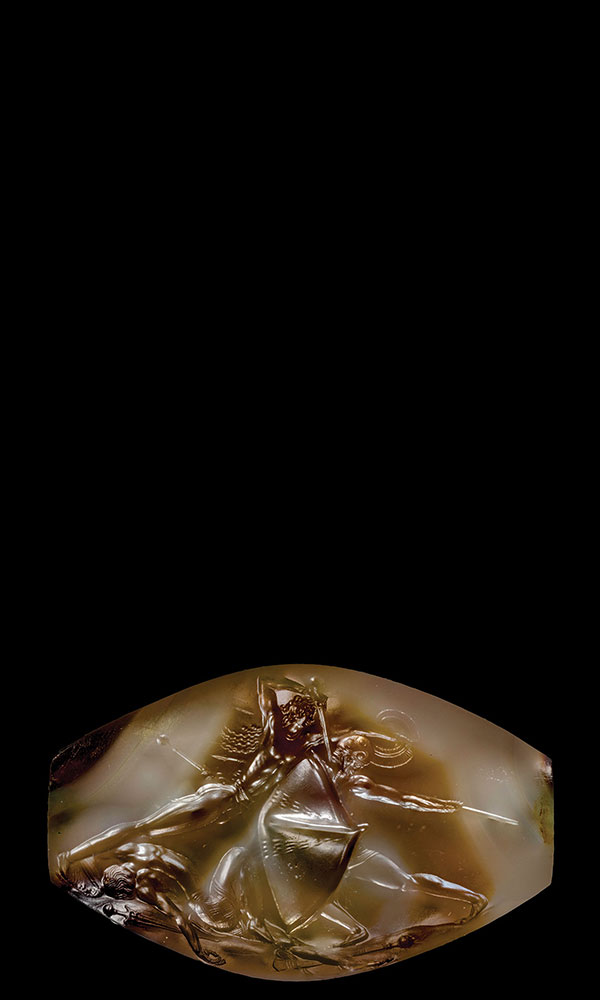TÜBINGEN, GERMANY—Live Science reports that the 11-million-year-old fossils of four or more individuals from a previously unknown great ape species have been discovered in southeastern Germany. Paleontologist Madelaine Böhme of the University of Tübingen said the anatomy of the species, dubbed Danuvius guggenmosi, points to a previously unknown style of locomotion that may offer clues to the evolution of bipedal walking. The 21 bones of a male Danuvius guggenmosi indicate the creature weighed between 37 and 68 pounds, and had human-like legs with grasping toes and elongated, ape-like arms that would have allowed it to move easily through the tree tops. But, in all, the creatures’ fingers were not as robust as those found in chimpanzees, bonobos, and gorillas, who use their knuckles while walking. Böhme thinks Danuvius moved by a process of “extended limb clambering,” and would have been able to stand in the treetops by grasping small branches with its toes. “Danuvius is like an ape and a hominin in one,” she explained. For more on the evolution of bipedalism, go to "The Human Mosaic."
Great Ape Fossils Spark New Thoughts on Evolution of Bipedalism
News November 6, 2019
Recommended Articles
Top 10 Discoveries of the Decade January/February 2021
Neanderthal Genome
Vindija Cave, Croatia, 2010

Artifacts November/December 2019
Australopithecus anamensis Cranium

Features September/October 2017
The Heights We Go To
The links among extreme environments, genetics, and the human ability to adapt

Digs & Discoveries January/February 2017
Hungry Minds

-
Features September/October 2019
Minaret in the Mountains
Excavations near a 12th-century tower reveal the summer capital of a forgotten Islamic empire
 (Courtesy Minaret of Jam Archaeological Project)
(Courtesy Minaret of Jam Archaeological Project) -
Letter from Lake George September/October 2019
Exploring the Great Warpath
Evidence from forts, hospitals, and taverns in upstate New York is illuminating the lives of thousands of British soldiers during the French and Indian War
 (Jerry Trudell the Skys the Limit/Getty Images)
(Jerry Trudell the Skys the Limit/Getty Images) -
Artifacts September/October 2019
Roman Coin
 (Courtesy MOLA Headland)
(Courtesy MOLA Headland) -
Digs & Discoveries September/October 2019
The Case for Clotilda
 (Courtesy SEARCH inc)
(Courtesy SEARCH inc)



